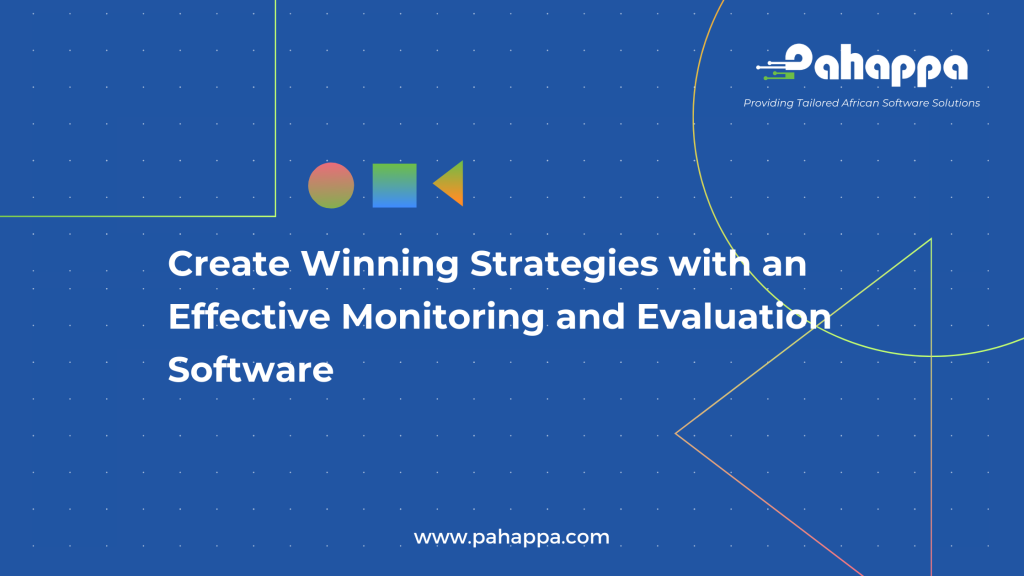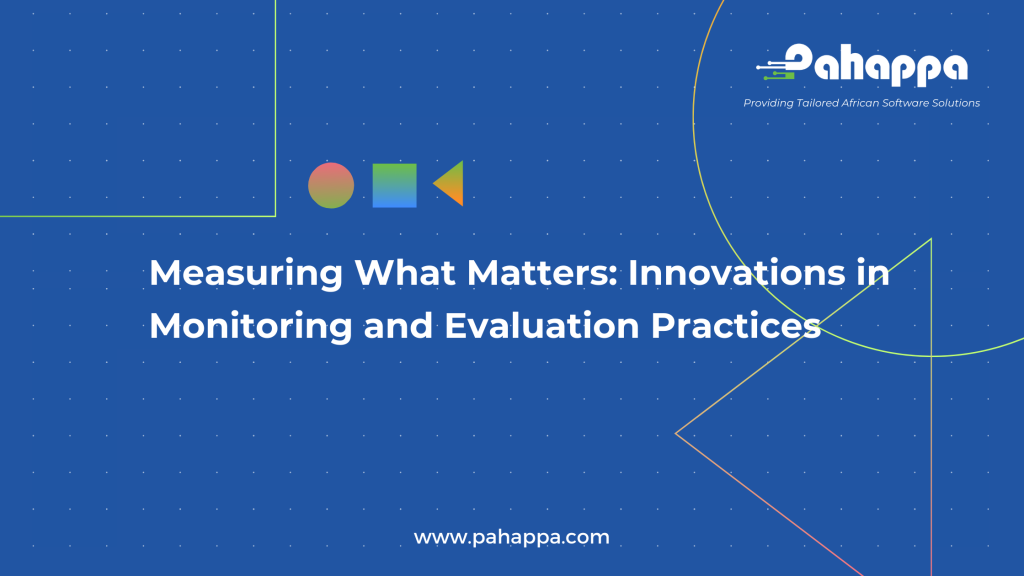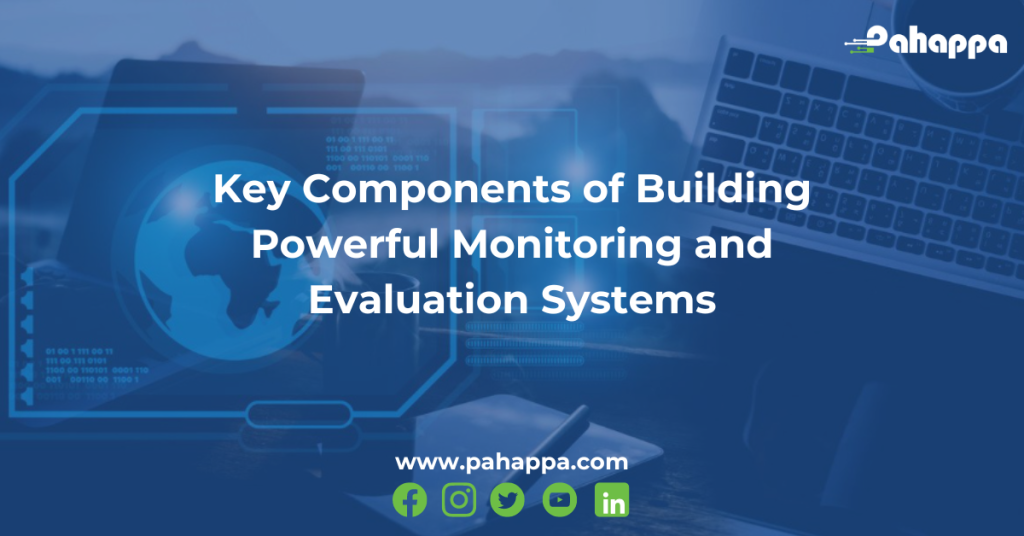Monitoring and Evaluation (M&E) software plays a crucial role in assessing and improving the effectiveness of programs, projects, and organizations. As we look ahead to 2024, several trends and advancements are likely to shape the role of M&E software. Here are some key aspects to consider:
- Integration with Emerging Technologies:
- AI and Machine Learning: M&E software is likely to leverage AI and machine learning for data analysis, trend identification, and predictive modelling. This can enhance the accuracy and efficiency of evaluations.
- Blockchain: The use of blockchain technology can provide enhanced security and transparency in data collection and reporting, reducing the risk of fraud or manipulation.
- Real-time Data Collection and Analysis:
- Mobile and Cloud Integration: M&E software will increasingly support mobile data collection, allowing field workers to input data directly into the system in real-time. Cloud-based solutions will facilitate seamless collaboration and access to data from anywhere.
- Real-time Dashboards: Decision-makers will have access to real-time dashboards, providing instant insights into project performance. This enables timely decision-making and course corrections.
- User-friendly Interfaces and Accessibility:
- Intuitive Design: M&E software will focus on user-friendly interfaces to make it accessible to a wider range of users, including those with varying technical expertise.
- Accessibility Features: Efforts will be made to ensure that M&E tools are accessible to individuals with disabilities, ensuring inclusivity in data collection and analysis.
- Interoperability and Data Standards:
- Standardization: There will be a push for standardized data formats and interoperability between different M&E systems. This will facilitate data sharing and collaboration across organizations and sectors.
- API Integration: M&E software will increasingly provide APIs (Application Programming Interfaces) to allow seamless integration with other tools and systems.
- Enhanced Security and Privacy:
- Data Encryption: With the increasing emphasis on data privacy, M&E software will incorporate robust encryption methods to protect sensitive information.
- Compliance with Regulations: M&E tools will need to comply with evolving data protection regulations, ensuring that user data is handled ethically and legally.
- Scalability and Customization:
- Scalable Solutions: M&E software will need to accommodate the scalability requirements of growing projects and organizations.
- Customization Features: Users will demand greater flexibility to customize the software according to their specific monitoring and evaluation needs.
- Capacity Building and Training:
- Training Modules: M&E software providers may offer training modules to empower users with the skills needed to utilize the software effectively.
- User Support: Robust customer support systems will be essential to assist users in troubleshooting issues and making the most of the software’s features.
- Impact Measurement and Sustainability:
- Focus on Outcomes: M&E software will increasingly emphasize measuring outcomes and impact, going beyond traditional output-based metrics.
- Sustainability Metrics: The software may include features to track and evaluate the sustainability of projects and programs over the long term.
As organizations and projects become more data-driven, the role of M&E software will continue to evolve, and staying abreast of these trends will be essential for those involved in planning, implementing, and evaluating initiatives. Visit www.pahappa.com to learn more about monitoring and evaluation systems.











